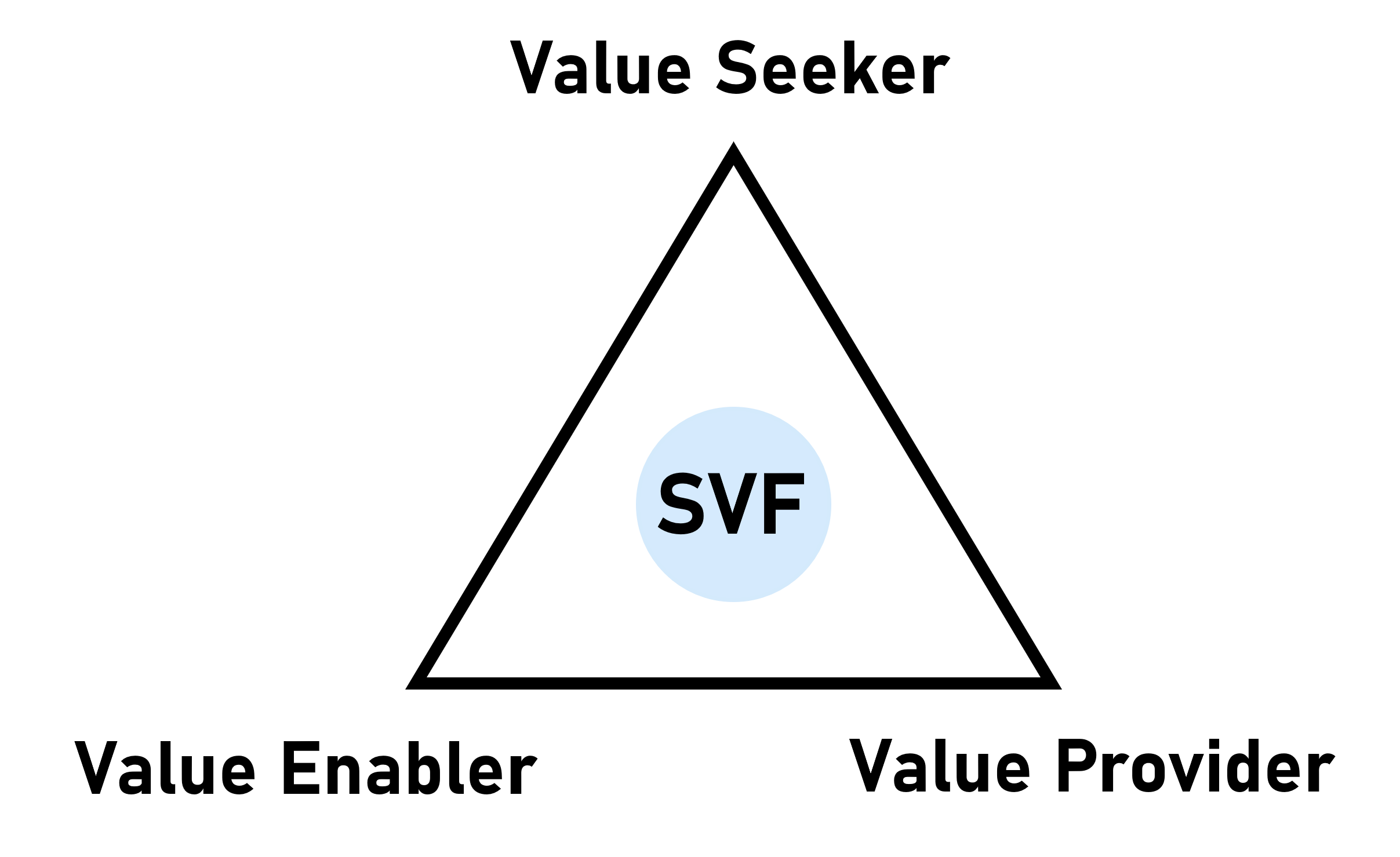The Tri-Vector Model
Creating consistent value across clients, consultants, and partners
Why collaboration breaks down
In today's interconnected business landscape, collaboration among clients, consultants, and partners is essential for delivering comprehensive solutions. However, these collaborations often falter due to misaligned expectations, unclear communication, and differing objectives.
Clients may prioritize strategic outcomes, consultants focus on delivering specific services, and partners aim to implement solutions, leading to a lack of cohesive direction. This misalignment can result in project drift, where evolving scopes and shifting priorities erode trust and dilute the original objectives.
Without a shared framework or language, each party operates in siloes. This makes it hard to track progress, measure success, or adapt to changes effectively. The absence of integrated communication channels further exacerbates misunderstandings and delays. Ultimately, the lack of synchronized efforts and shared accountability leads to fragmented outcomes, where the collective potential of the collaboration is not fully realized.

Where the disconnect happens
In most strategic ecosystems, the lack of a shared value framework causes collaboration to break down, even when intentions are aligned. Consultants focus on strategy framing, partners on solution delivery, and clients on business results, but each operates on different timelines and success metrics. There’s no unifying structure to hold the pieces together.
Clients are left managing the tension between strategic vision, implementation constraints, and adoption challenges, often becoming unintentional project managers rather than leaders of transformation. This creates duplication, confusion, and delays. Critical insights don’t get carried forward, lessons aren't reused, and the original value intent is easily lost in translation.

The result? Slow adoption. Shallow results. And opportunities left on the table.
The Tri-Vector solution: A shared value, framed from the fundamentals
At Pro Vides, we believe value emerges through alignment. It doesn’t thrive in isolation. That's why we introduce the Tri-Vector Model: a collaborative structure that connects the three core players in any value ecosystem and transformation effort.

| Vector | Stakeholder examples | Role |
|---|---|---|
| Value Seekers | Companies, collaborations, startups, consortia, alliances, coalitions | The strategic drivers and owners of outcomes |
| Value Enablers | Experts, consultants, advisors | The framers and navigators of capability and direction |
| Value Providers | Partners, technology firms, service providers | The deliverers of tools, platforms, and execution |
This model is driven by Strategic Value Framing (SVF), with Value Stories as its engine. Each Value Story defines value objectives, maps capabilities, identifies value drivers, and connects them to measurable outcomes — holistically and systematically. These stories aren’t static; they adapt across roles, teams, and timelines, acting as living blueprints for collaboration. They embed people, processes, organization, and technology to operate in harmony.
With SVF, each party knows their role in driving value. Consultants no longer have to define strategy in a vacuum. Partners are not forced to retrofit delivery. And clients are no longer stuck mediating between fragmented workstreams.
The result is cross-party alignment with shared ownership of outcomes, and the flexibility to evolve together — not apart.
What this means for the value ecosystem
We’re creating a world where clients don’t just write the strategy, they own it through execution and adoption. Consultants deliver repeatable, traceable value. Partners are no longer bolt-on vendors, but integrated contributors to shared outcomes.
With the Tri-Vector Model powered by SVF, this isn't just possible — it's practical.
Each party works from a common value language, with clear contributions, aligned metrics, and the ability to adapt as context shifts. Value persists through leadership changes, provider transitions, and shifting priorities. This model transforms projects into living value ecosystems.
Everyone involved can move faster, align easier, and deliver deeper — whether you're a client seeking clarity, a consultant seeking scale, or a partner seeking strategic relevance, SVF equips you to contribute meaningfully and measurably.
Let’s build Value Stories together
Framing value shouldn't fall on one party alone. In a world of increasing complexity, strategic delivery requires shared language, shared tools, and shared accountability. That’s what SVF enables.
It gives every stakeholder a clear seat at the table, without control battles or blurred roles. When we align early and collaborate through common Value Stories, we move faster, deliver deeper, and adapt better.
Let’s build Value Stories together, not just hollow project shells.
The future of strategic delivery is shared, structured, and measurable. Reach out to explore how SVF can work for you.
